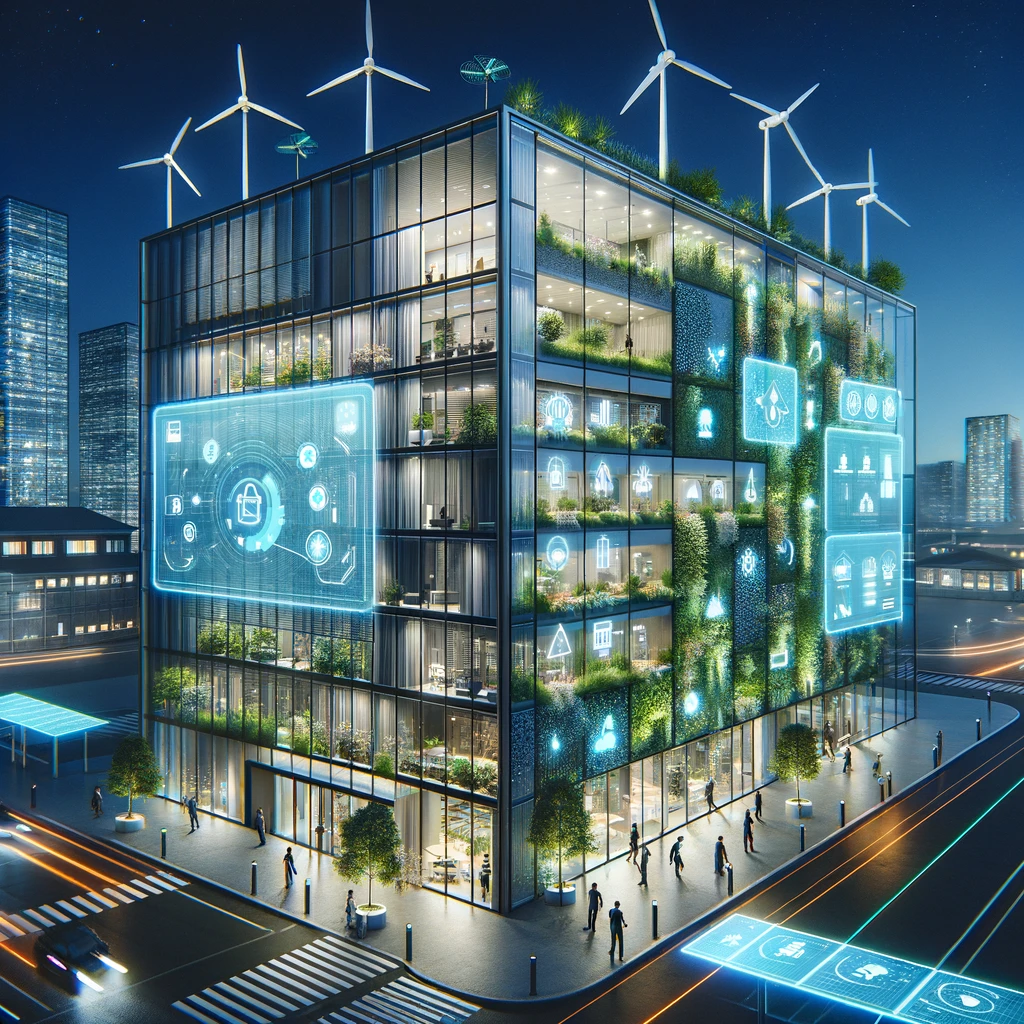Fortune Business insight expressed that the global smart building market is projected to grow from $80.62 billion in 2022 to $328.62 billion by 2029, at a CAGR of 22.2%. While the global smart infrastructure market is projected to grow at a CAGR of 23.8% (from USD 97.20 billion in 2021 to USD 434.16 billion in 2028).
Smart buildings are at the cutting edge of commercial real estate innovations. Energy management is expected to multiply due to rapid urbanisation, as 80% of the world’s population will shift to urban areas by 2050. Rising utility costs and environmental challenges will be increased simultaneously.
Smart Building Technology: A Catalyst for Energy Conservation and Improved Indoor Air Quality
Smart building technology will play a central role as governments continue to set stringent energy regulations to reduce global carbon footprint while increasing green building initiatives.
Many commercial buildings have significant energy waste caused by unnecessary HVAC and lighting activities. With data influxes brought by the Internet of Things (IoT), greater efficiency can be achieved with decentralised, on-demand equipment control. Occupants’ behaviours, alongside real-time indoor conditions at discrete zones, can be fed into a smart system to reveal fine-grained insights into previously unknown aspects of building operations. Integrating IoT data with existing building systems brings a new level of automation and command and control.
Occupancy Sensors and Indoor Air Quality Monitors: Optimising Building Operations and Occupant Comfort
Occupancy sensor data, coupled with real-time indoor conditions from designated zones within a building, can be fed into a smart system to provide valuable insights into previously unknown aspects of building operations. This data can be used to regulate ventilation rates, lighting, heating, cooling, and proactive temperature management through occupancy sensors.
Our study demonstrates that HVAC systems equipped with DIREK’s IoT technology can achieve energy use reduction between 21-30% in a commercial building. An IBM Corporation report further emphasises this point, indicating that advanced technologies like AI and IoT can lead to a 40% reduction in energy usage, which translates to a 10-30% decrease in maintenance costs.
Smart Building Technology: Transforming Building Management with Real-Time Data
Occupancy sensors equipped with machine learning algorithms have been implemented in office buildings to enact real-time changes. These sensors measure various environmental conditions, including temperature, humidity, weather, the number of occupants, and their activity levels within the building. This data is then utilised to regulate various aspects of the building environment.
DIREK’s Energy Management platform empowers building facility or energy managers to gain control over as many energy-dependent processes as possible while considering user needs and utilisation patterns.
Contact us to get in touch with our expert team to explore how we can help your building to operate greener and more efficient.

